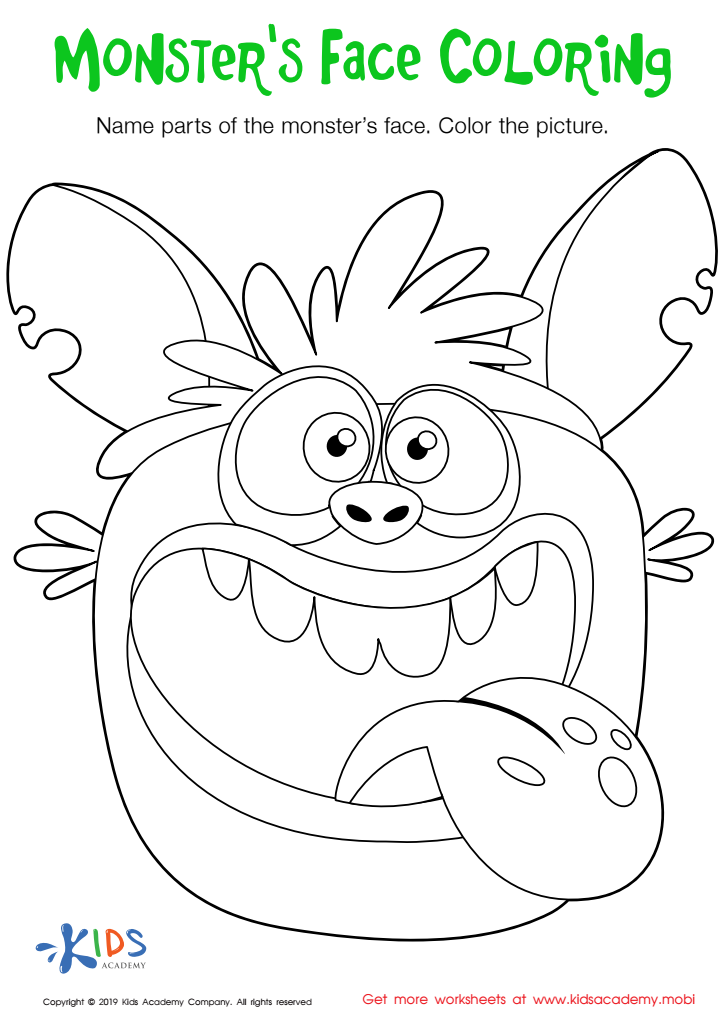Following instructions English for Beginners Worksheets for 7-Year-Olds
6 filtered results
-
From - To
Our "Following Instructions English for Beginners Worksheets for 7-Year-Olds" are the perfect tool to help young learners enhance their language skills. These printable worksheets are designed to make Learning English fun and engaging by focusing on fundamental listening and comprehension skills. Your child will enjoy activities that involve following simple to complex instructions, which will improve their ability to understand and execute commands. Ideal for both classroom and home use, these worksheets will build a strong foundation in English, preparing them for more advanced language tasks. Get started today to make learning an exciting adventure!


Red and Blue Coloring Fun Worksheet


Yellow and Green Coloring Fun Worksheet


Colors: Assessment 2 Worksheet


Purple and Orange Coloring Fun Worksheet


Monster's Face Coloring Worksheet


White and Pink Coloring Fun Worksheet
Parents and teachers should care about following instructions in English for beginners who are 7 years old because it sets the foundation for their future learning and personal development. At this critical age, children are honing their listening and comprehension skills, which play a pivotal role in all aspects of their education. When young learners understand how to follow instructions accurately, they are better equipped to grasp new content, complete tasks, and engage in classroom activities more effectively.
Moreover, following instructions in English helps these young minds develop their verbal communication and literacy skills. Being able to listen, comprehend, and act upon directions is essential for reading comprehension, writing, and spelling, all of which are important components of English language proficiency.
From a developmental perspective, learning to follow instructions also enhances cognitive skills such as memory, attention, and sequencing. It fosters independence, responsibility, and the ability to solve problems, as children learn to listen carefully, think critically, and execute tasks methodically. In group settings, following instructions promotes good behavior, social cooperation, and respect for rules, which are crucial for harmonious classroom management and positive interactions.
Ultimately, ensuring that 7-year-olds can follow instructions helps lay a strong educational foundation and equips them with valuable life skills that will benefit them long term.
 Assign to My Students
Assign to My Students













